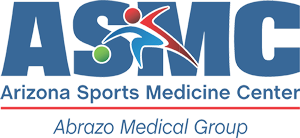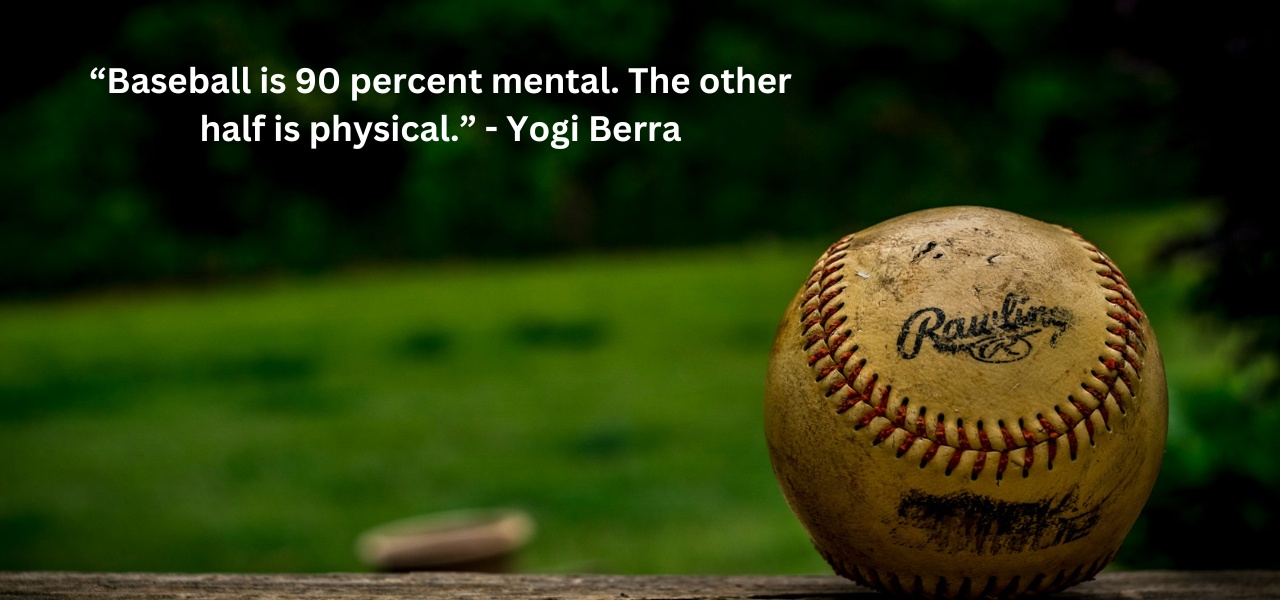Platelet-rich plasma (PRP) is one of the most common types of regenerative medicine. PRP is an orthobiologic injection that utilizes a concentrated solution of platelets and growth factors from your own blood. This treatment is especially beneficial for chronic tendon and joint injuries, new sports injuries and osteoarthritis. Examples of injuries treated include, tennis elbow, plantar fasciitis, patellar and quadricep tendinopathy and some meniscal or labreal tears. By injecting PRP directly into an injury site, we can deliver crucial healing factors to stimulate recovery. The platelets in PRP release cytokines that attract other cells to promote healing.
One of the great advantages of PRP is that it is extremely low risk treatment since it uses your own blood to aid your injury. To prepare for your PRP injection, avoid taking NSAIDs as prescribed by your physician at Arizona Sports Medicine Center for one week before the procedure. After the injection, continue to avoid NSAIDs for at least 2 weeks and ideally up to 6 weeks.
The PRP procedure will take approximately 30 minutes to complete. During the procedure blood will be drawn from your arm. This blood is then rapidly spun in a centrifuge to isolate the platelets and growth factors in the plasma. Once isolated, the PRP directly injected into the site of injury using ultrasound guidance to confirm exact placement and best promote healing.
Post-treatment care is straightforward and a post procedure protocol will be provided to you at your visit. A general course will include complete rest for the first 24 hours, followed by modified activities for the subsequent 4-10 weeks. Typically patients begin to feel improvement after 4-6 weeks for joint injuries and up to 6-10 weeks for tendon injuries.
Alpha-2-Macroglobulin (A2M) is a similar orthobiologic injection to a platelet rich plasma injection (PRP). A2M is a protein concentrated from a patient’s blood which has strong anti-inflammatory properties and cartilage protective effects. In various studies, A2M has demonstrated the ability to protect cartilage by blocking enzymes which can cause inflammation and lead to cartilage degradation. For this reason, A2M can be used to help with pain from arthritis and it may be able to slow the progression of arthritis. In addition, A2M can aid in chronic tendon and sports injuries to help promote tissue growth.
Like PRP, one of the great advantages of A2M is that it is extremely low risk treatment since it uses your own blood to aid your injury. To prepare for your A2M injection, avoid taking NSAIDs as prescribed by your physician at Arizona Sports Medicine Center for one week before the procedure. After the injection, continue to avoid NSAIDs for at least 2 weeks and ideally up to 6 weeks.
The procedure will take approximately 30 minutes to complete. During the procedure blood will be drawn from your arm. This blood is then rapidly spun in a centrifuge. Once isolated, the A2M is directly injected into the site of injury using ultrasound guidance to confirm exact placement and best promote healing.
Post-treatment care is straightforward, and a post procedure protocol will be provided to you at your visit. A general course will include complete rest for the first 24 hours, followed by modified activities for the subsequent 4 weeks. Typically, patients begin to feel improvement after 2-4 weeks for joint injuries and up to 6-10 weeks for tendon injuries.
Bone Marrow Aspirate Concentrate (BMAC) injections are a recently developed and effective treatment which can enhance your body’s natural healing and provide greater, longer lasting pain relief than traditional treatments. BMAC involves the use of your on bone marrow mesenchymal cells to reduce pain, reduce inflammation and stimulate cellular remodeling. Bone marrow cells can also influence local cell function, creating a cascade of immune-driven healing responses. The use of a Marrow Cellution™ needle ensures that this procedure is minimally invasive, reducing trauma to the bone and marrow.
The entire BMAC procedure may take up to 90 minutes. The process includes removing bone marrow from the pelvis using local anesthetic. Next, the BMAC is prepared for injection and using ultrasound guidance it was place into the area of injury ensuring excellent accuracy.
Following the treatment, you may experience some discomfort as the local anesthesia wears off. The healing process, involving the remodeling phase of hematopoietic cells at the site of injury or illness may take up to 6 weeks to provide relief and in some cases 3 months.
Amniotic injections are an innovative treatment that uses concentrated growth factors, growth hormones, and cytokines derived from amniotic tissue to support healing. The injection acts as a natural anti-inflammatory which can stimulate a healing response. This investigational therapy targets tendons, ligaments, and joints to help stabilize tissues and promote recovery. is a non-surgical solution which can eliminate the need for classic corticosteroid injections and may provide significant long lasting relief.
Amnio injections work to stabilize tissues and initiate healing, which can take up to three months to provide full relief. One of the benefits of this treatment is that it doesn't require a blood draw and do not require classic corticosteroid injections..
Before and after the treatment, avoid taking NSAIDs and icing the treated area. In the weeks following the injection, it's important to modify your activities. Generally, you can expect to resume normal activities about one month after treatment.
Microfragmented Adipose Tissue (Lipogems) is an advanced, FDA cleared treatment option that uses your own body fat to promote healing and tissue regeneration. This procedure involves taking a small amount of fat from one area of your body and processing it to concentrate the body’s natural healing factors. This system helps to provide cushion and support to help the natural healing process by supporting repair of injured tissue. One of the greatest benefits of microfragmented adipose tissue is that it typically has enough volume to deliver the injection to multiple injury sites. This treatment can be used for chronic tendon, ligament and joint injuries.
The Microfragmented Adipose Tissue procedure starts with a local anesthetic at the fat harvest site, usually your stomach or flank to collect fat cells. This area is then gently manipulated using the Lipogems device to aspirate fat for the injection. These cells are then processed to create a concentrated mixture of microfragmented adipose tissue. The fat is then injected into the targeted area to support healing and tissue regeneration. This minimally invasive procedure typically involves little discomfort and can be completed in the office or operating room.
After the procedure, you might experience some mild discomfort or swelling at the injection site and collection site, which should subside within a few days. It’s important to avoid taking NSAIDs and icing the treated area both before and after the treatment. In the following weeks, modify your activities as needed, and generally, you can expect to return to your normal routine about one month after the procedure.
Microvascular Tissue Allograft (mVASC) is an innovative treatment which utilizes the structural scaffolding of microvascular tissue to aid healing and anti-inflammatory effects. The tissued is derived from human cadaveric subcutaneous tissue which was aseptically processed. mVASC is differentiated from tranditional orthobiologic injections by its ability to provide scaffolding and a foundation for tissue repair. mVASC is excellent for new acute sports injuries, osteoarthritis and chronic tendon and joint injuries.
The mVASC procedure is quick and simple. The product is initially held in a 19.5mm disk which is then reconstituted and prepared for the patient. After its preparation the mVASC is delivered to a site of injury under ultrasound guidance to ensure excellent placement.
Following the mVASC procedure, you may experience some mild discomfort or swelling at the injection site, which usually subsides within a 1-2 days. It's important to avoid taking NSAIDs and applying ice to the treated area before and after the treatment. During the following weeks, you should modify your activities as needed. Most patients begin to have improvement around 2 weeks and can have months or years of relief.






